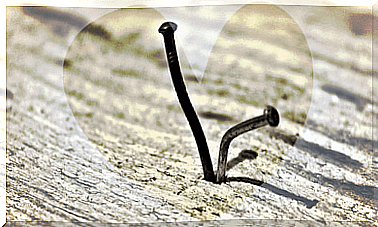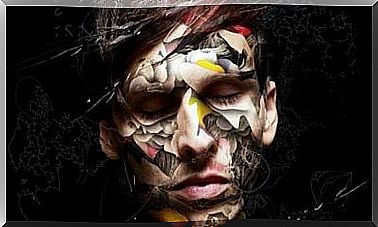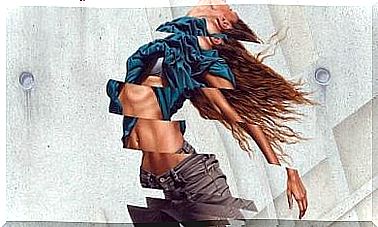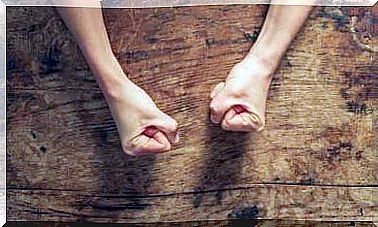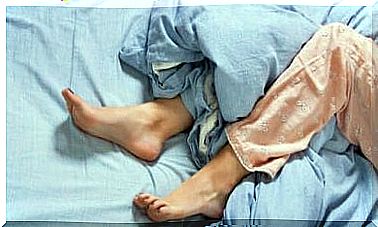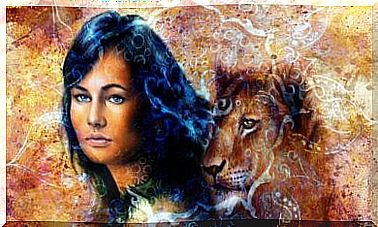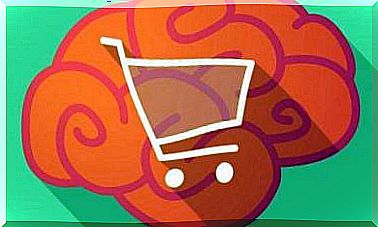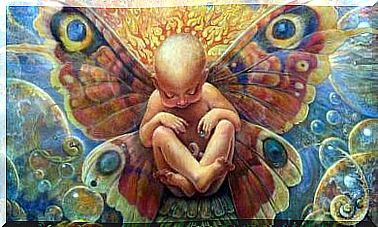Living With Albinism: More Than Physical Appearance
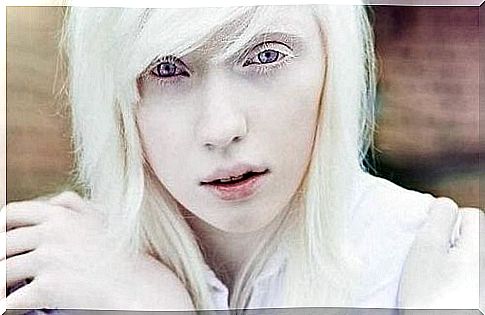
Living with albinism is not easy. This hereditary metabolic disorder is characterized by the absence of pigmentation (melanin) in the skin, hair and eyes.
However, there is one aspect that stands out in this condition: discrimination. For example, being albino in Africa means living in a terrifying reality. Due to superstition, the situations of these people are dramatic.
Every year on June 13th is International Albinism Awareness Day . In 2015, the United Nations General Assembly decided to set this date with a very specific purpose: to promote and defend the right of albinos to live in freedom and the right of albinos to be respected and protected against any act of discrimination and/or violence.
We might think they decided to do this because of the number of mutilations and murders that take place every year in countries like Tanzania, Burundi or Congo. Apart from these unimaginable and incomprehensible acts , people with albinism are discriminated against in almost every part of the world. They are mocked, bullied and excluded.
So much so that researchers have conducted many studies on this topic in recent years. Living with albinism and hypopigmentation means we face serious social and emotional challenges.
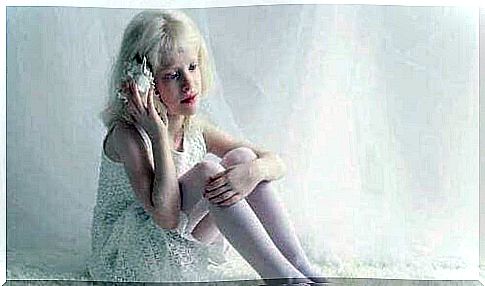
Albinism: more than a lack of melanin
To date, the medical community has not yet agreed on whether albinism should be considered a disability. The reason for this is that it is a unique condition that affects a small segment of our society.
However, this genetic condition limits people who suffer from it to the point that they are unable to lead normal lives. They are striking and unique. Their physical problems and the prejudices and discrimination they experience often lead to isolation. They often suffer from eye problems, photophobia and serious dermatological problems.
Although there are different forms of albinism (up to 18 genes are known, with 800 possible mutations), most of them have something very specific in common: rejection and the feeling of being in a “foreign” environment. Their white hair, their pale and sensitive skin, their eyes… All these qualities attract the attention of others, especially if the person is African or Asian.
We need to point out that we all need to be accepted and feel accepted from a young age. People with this condition, especially young children, feel a heavy burden on their shoulders almost from the start, due to the fact that they look different from those around them.
Despite family affection and support, it is common for people with albinism to develop low self-esteem, insecurity, and emotional withdrawal. In this context, living with albinism is not just vulnerable and distressing. It goes much further than that and hides a much more sensitive and painful reality.
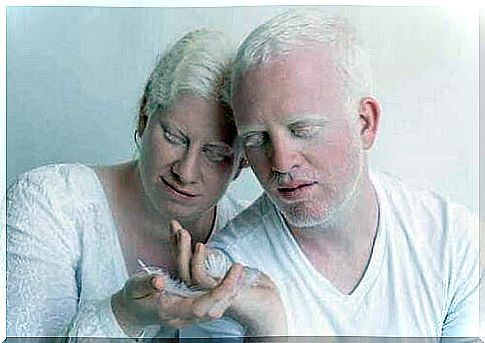
Living with albinism
One in 17,000 people suffer from albinism. In contrast, the African continent has one of the largest populations in the world. In Nigeria or Tanzania, 1 in 1,000 people have this condition. All this makes us realize that the quality of life of a person with albinism depends on two factors.
The first factor has to do with the type of albinism they suffer from. For example, both Hermansky-Pudlak syndrome (HPS) and Chédiak-Higashi syndrome are two conditions associated with symptomatology that can greatly affect the individual’s daily life, such as:
- burns
- bruising
- bleeding
- constant infections
- hepatomegaly
The second factor is related to the place where the person was born. Living with albinism in Africa has to do with the fact that others regard them as inhumane and perhaps even white demons.
People perform despicable and cruel acts against others who look different because of superstition. This has even attracted the attention of the United Nations. Murders, kidnappings, mutilations and rapes are just some of the things these people have had to endure.
Panama
Things are different when we look at a very special corner of Panama. There is a tribe in this country called Kuna and 1 in 150 people in this tribe suffer from albinism. In this place they are a gift from heaven.
They are children of the moon and grandchildren of the sun. People care for them, respect and adore them. So people living here with albinism can feel very special.
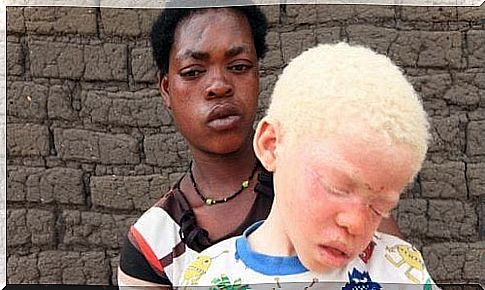
We should note that this is relatively new. Not so long ago, these people were considered the unholy sons of the Spanish colonizers. Their rejection was accompanied by violence. The perception of albinism only started to change about two centuries ago.
Finally, we should point out that in Western societies worldwide there are multiple associations that support people with albinism.
An example is ALBA, where activists support these people, hold conferences to educate people about this disease and organize meetings to promote integration so that people with this condition can finally feel like accepted members of our society.

